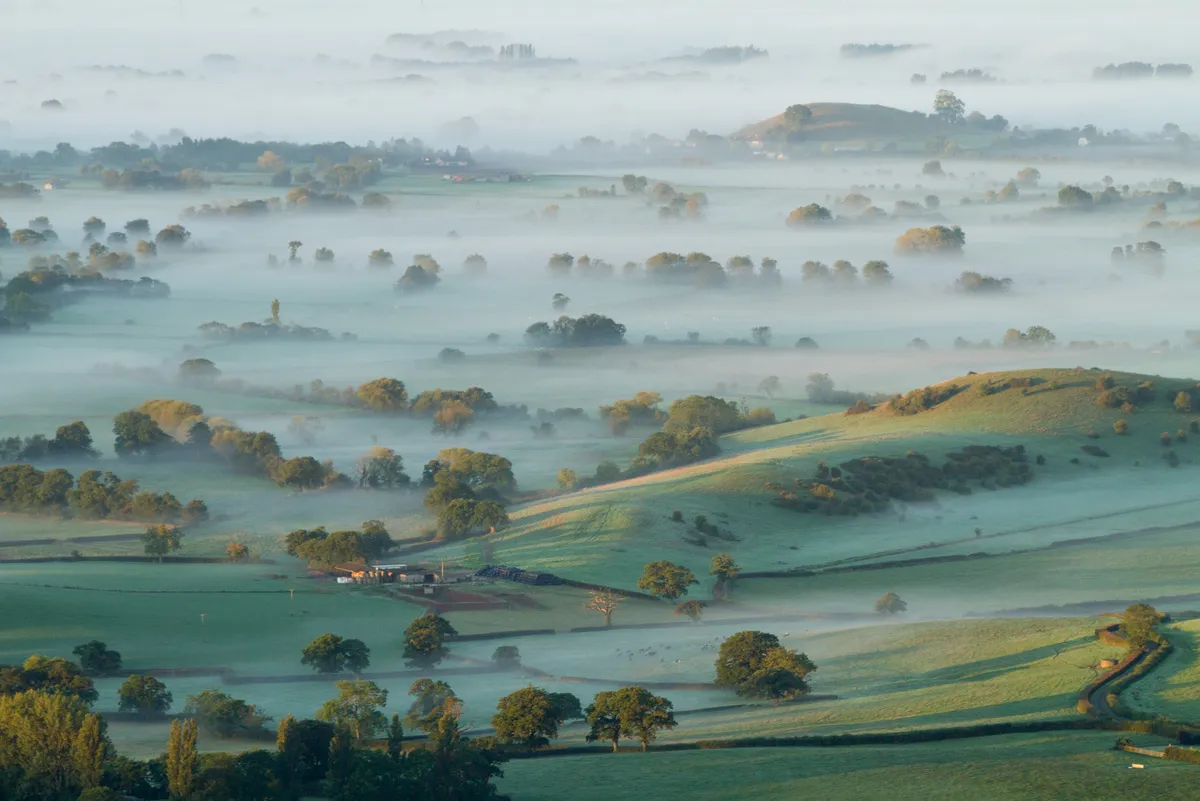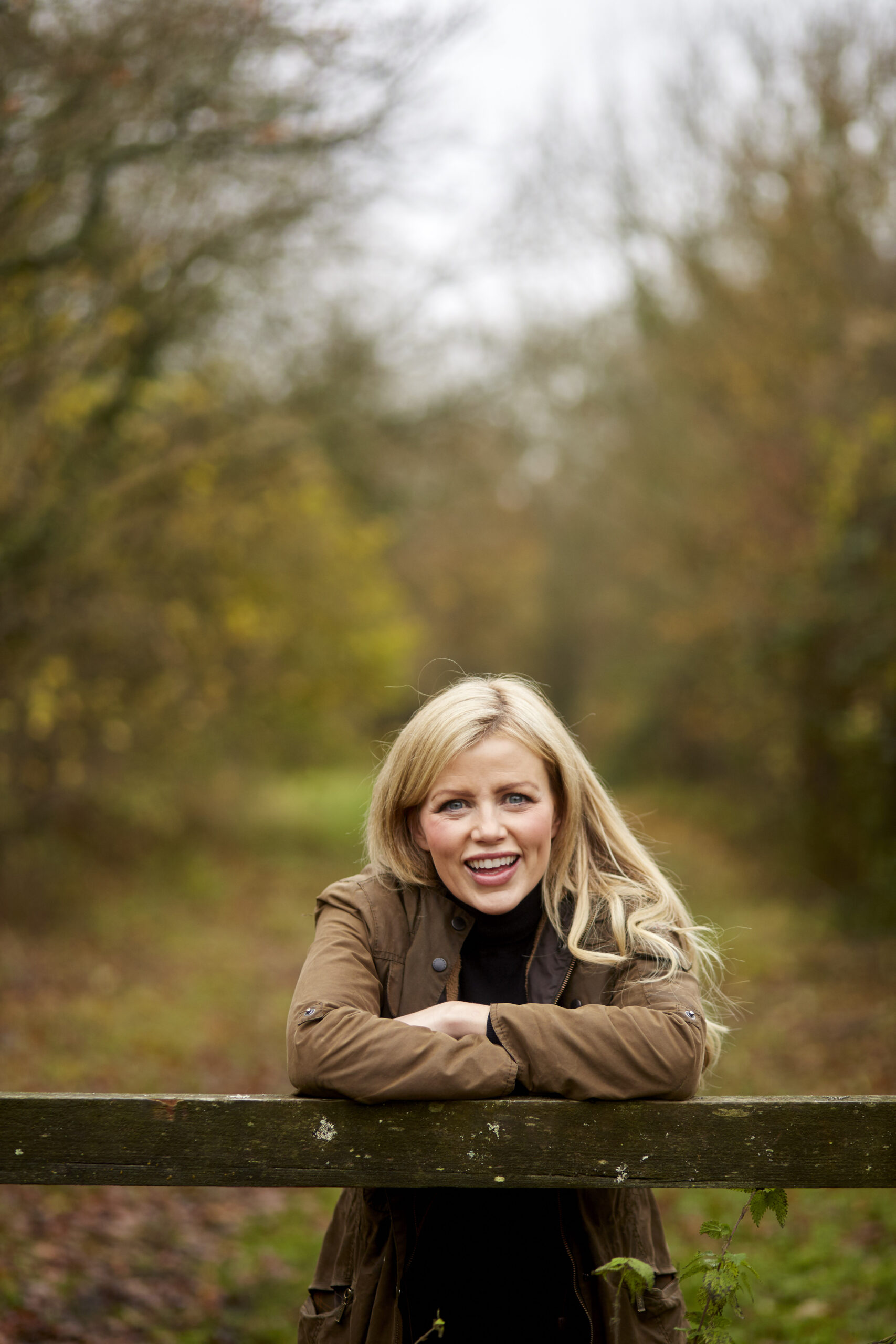Over time, without even noticing, the change crept in. How could we have noticed when, over the years, pieces were silently taken away and destroyed? Remembering every card in your stolen wallet is hard, and that happens quickly. And so here we are, standing on the Levels, zipped up to our chins in the cold air against the promising orange light in the west, looking to the heavens. It won’t be much longer.
“It’s a myth that owls are wise; they’re not actually that clever,” said Lloyd. We were filming a story about imprinting birds: a form of learning which gives them a sense of species identification. If you’re the first person a bird sees upon hatching and continue to act like its parent, that bird can be trained to behave in a certain way.
In this case, Lloyd’s wife Rose had spent many weeks living the life of her greylag geese, donning a drysuit and encouraging them into her pond with grapes, before taking them to a nearby airfield and coaxing them to fly in skein formation at camera-height behind her 2CV, in readiness for an Attenborough documentary. Lloyd and Rose are the go-to people for TV and film birds.

Starlings > Owls
Lloyd was particularly impressed with one bird he was training for a Brad Pitt movie. The brief was to get a bird to land on a phone, then dial a number. While owls use most of their brain to process signals from their eyes, Lloyd’s starling on the other hand, had the intellect to figure out the little bits of cat food on the telephone digits in no time at all.
It’s interesting what we remember from Attenborough’s film narrations over the years. Many of us recall the astounding lyrebird from Australia. The one that could make the sounds of cameras and chainsaws, learned as its forests were chopped down. What impressive mimicry from this exotic bird. But no further than Guildford High Street, I was baffled by the sound of a clear Nokia ringtone sounding from the rooftops and later, a car alarm from a telegraph pole. The boring old starling is a master mimic. If you look online, there are videos that show the brilliance of its range, from saying its own name – “European starling” – to quacking like a duck.
Ordinary. Dull. Numerous. There are loads of starlings aren’t there? Hanging around together in drab routine; bossy at the bird table. In truth, the starling – which reveals its purple, blue and green elegance upon solitary scrutiny, as if pulling an individual from a swarm of sightseers and recognising a beautiful human – completes its colour chart as a red-listed bird of high conservation concern. In my lifetime, numbers have dropped by 80% (RSPB).

Starving, not lost
Where in the past, starlings have expanded their range and followed farming styles that suited them, such as low-stocked permanent pastures, today’s need to feed the nation has meant working the land hard at the expense of soil insects: starling food. These days, only 15% will survive their first year of life.
We talk about ‘losing’ wildlife. They’re not lost. They are dying from malnutrition. Where every single move is calorie calculated, many birds weren’t in surplus enough to get through a cold day. Where we asked for more subsidised cheap calories (which we suspected we wouldn’t work off), they got less. They were hit by cars. Or had nowhere to breed or feed anymore. They were poisoned by their insect food. Or taken by humans for sport or chess-piece pest control.
Can a single starling tell the story of the state of nature? Can it carry the weight of the task and keep in formation with the rest of the flock? Can an individual stand still in the crowd of experience-hunter-gatherers who make a pilgrimage to the Somerset Levels, one of the last remaining sites of the murmuration pageant, and notice the swarm diminishing each time?
The orange burns out and f-stops fail to add cloud memory to our own. Only human retinas will do in this light. That and concerted mindful effort to capture this moment in a way that we can dial it up later. Much later. The final noisy birds drop to roost and in the last light of the day, the sky is empty.
Main image ©Getty

